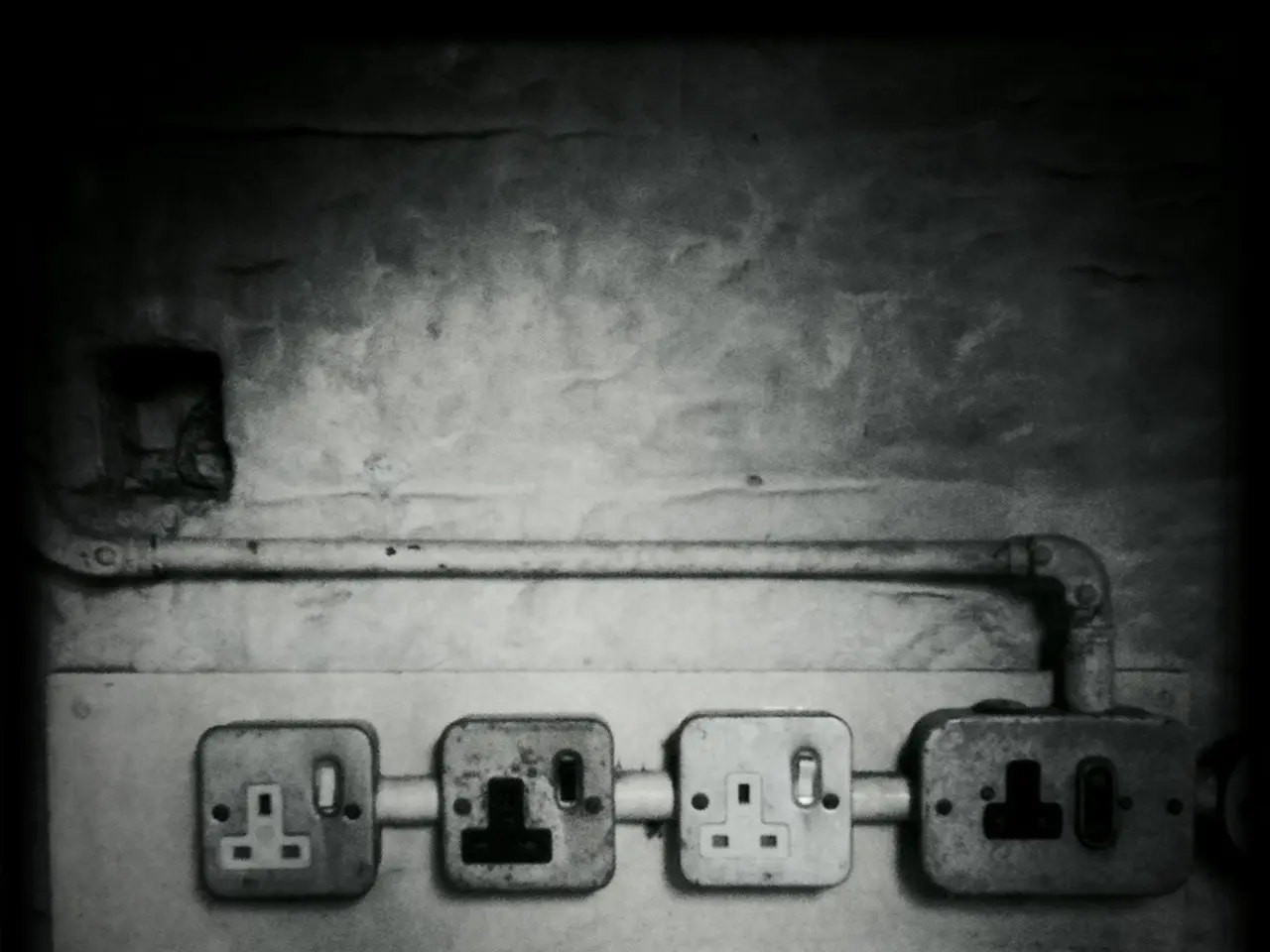Differences Between Arteries and Veins: Understanding Their Roles
### Understanding the Roles of Arteries, Veins, and Capillaries in the Cardiovascular System
The cardiovascular system, a vital organ network that develops early in human embryo, is primarily composed of three types of blood vessels: arteries, veins, and capillaries. Each type plays a distinct role in supplying oxygen and nutrients to various parts of the body while removing waste substances.
#### Functions
- Arteries serve as the primary carriers of oxygen-rich blood away from the heart. The blood pressure within arteries is high due to the heart's pumping action, enabling the distribution of blood to peripheral tissues [2][5]. Arteries are highly elastic and muscular, acting as a buffer against the pressure fluctuations caused by the heart's contractions.
- Veins are responsible for returning deoxygenated blood from the capillaries back to the heart. Operating under much lower pressure than arteries, veins contain one-way valves to prevent the backflow of blood and ensure it continues moving towards the heart [1][3]. The walls of veins are thinner, less elastic, and less muscular than those of arteries.
- Capillaries are the tiny vessels where the exchange of oxygen, nutrients, and waste products occurs between blood and tissues. Capillary walls consist of a single layer of endothelium, making them highly permeable and allowing for efficient exchange [3][5]. Precapillary sphincters regulate blood flow into capillaries, directing it based on tissue needs [3].
#### Structural Differences
- Arteries have thick walls, composed of three layers: tunica intima, tunica media, and tunica externa. The high elastic and muscular tissue content of arteries is necessary for withstanding the high blood pressure [4].
- Veins have thinner walls with less muscle and elastic tissue. The walls primarily consist of tunica intima and tunica adventitia, with minimal tunica media [1]. The presence of valves within veins helps prevent backflow of blood.
- Capillaries have extremely thin walls made of a single layer of endothelium, allowing for easy exchange of substances due to their structure [3].
The cardiovascular system is essential for supporting human life, but disruptions to this system can have severe consequences. Cardiovascular diseases, a group of disorders that affect the heart and blood vessels, are the leading cause of death worldwide, accounting for around 15 million deaths in 2016 [6]. These diseases include coronary heart disease and other conditions that impair the heart's ability to pump blood effectively or damage the blood vessels.
Understanding the functions and differences between arteries, veins, and capillaries can help us appreciate the intricate workings of the cardiovascular system and the role each component plays in maintaining our health.
- Cardiovascular diseases, such as coronary heart disease, are a leading cause of death worldwide, with around 15 million deaths in 2016 [6].
- Arteries, being the primary carriers of oxygen-rich blood away from the heart, have thick walls composed of three layers: tunica intima, tunica media, and tunica externa [4].
- Capillaries, where the exchange of oxygen, nutrients, and waste products occurs between blood and tissues, have extremely thin walls made of a single layer of endothelium [3].
- Veins, which are responsible for returning deoxygenated blood from the capillaries back to the heart, have thinner walls with less muscle and elastic tissue [1].
- The cardiovascular system, a vital organ network, plays a distinct role in supplying oxygen and nutrients to various parts of the body while removing waste substances [2].
- The high blood pressure within arteries is due to the heart's pumping action, enabling the distribution of blood to peripheral tissues [5].
- Precapillary sphincters regulate blood flow into capillaries, directing it based on tissue needs [3].
- Disruptions to the cardiovascular system can have severe consequences, emphasizing the importance of maintaining cardiovascular health, medical-conditions, health-and-wellness, and science in our understanding and management of conditions like arthritis, psoriatic, COPD, MDD, and HIV.




